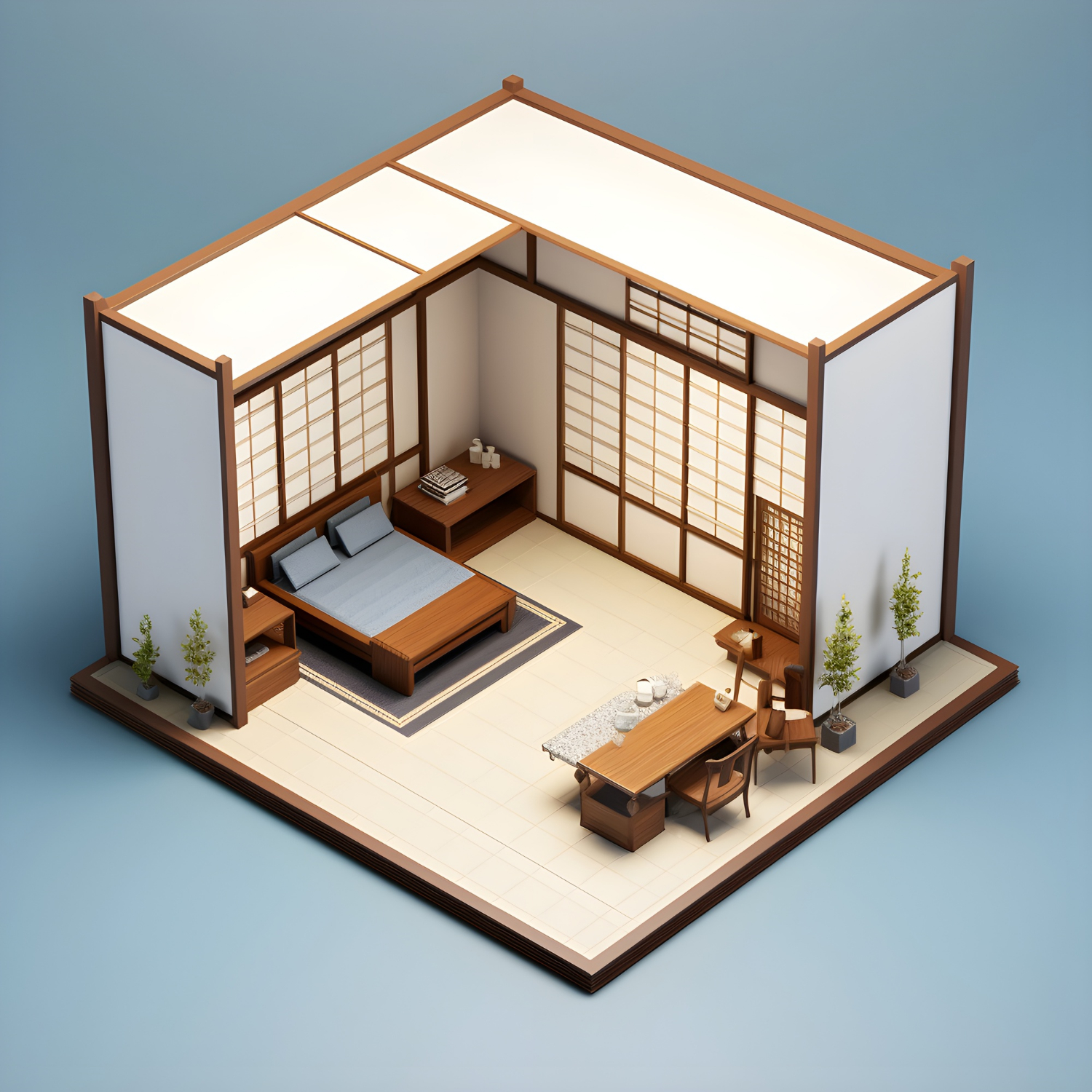
When embarking on a DIY shed project, one of the most critical aspects to consider is choosing the right shed plans. The quality of your shed plans will determine the success and durability of your project. It’s essential to invest time and effort in selecting plans that suit your needs and abilities. By following these ten essential tips, you can ensure that why should you choose the Ryan’s shed plans for your DIY project.
Considerations before choosing shed plans
Before diving into shed plans, there are a few vital considerations to keep in mind. Firstly, think about your budget. Determine how much you are willing to spend on materials, tools, and any professional assistance you may need. Secondly, consider the purpose of your shed. Will it be used for storage, a workshop, or a garden retreat? Understanding the shed’s purpose will help you choose the right design and size. Lastly, think about any specific requirements or restrictions you may have, such as local building codes or homeowners association guidelines.
Understanding different shed styles and designs
Shed plans come in various styles and designs. It’s crucial to understand the different options available to make an informed decision. Common shed styles include gable, gambrel, saltbox, and lean-to. Each style has its unique advantages and disadvantages, such as storage capacity, headroom, and aesthetic appeal. Take the time to research and compare different shed styles to find the one that best fits your needs and preferences.
Assessing your DIY skills and capabilities
Before selecting shed plans, honestly assess your DIY skills and capabilities. Some shed plans are more beginner-friendly, while others require advanced woodworking skills. Consider your level of experience with tools, carpentry, and construction. If you’re a beginner, opt for straightforward plans with clear instructions and diagrams. If you’re more experienced, you can challenge yourself with more complex designs. Choosing shed plans that match your skill level will ensure a successful and enjoyable DIY project.
Determining the size and location of your shed
The size and location of your shed are crucial factors to consider when choosing shed plans. Measure the available space in your backyard and determine how much storage capacity you require. Think about any future needs and consider sizing up if you anticipate expanding your storage requirements. Additionally, consider the shed’s location in relation to your house, trees, and other structures. Ensure the shed is easily accessible and doesn’t obstruct any views or pathways.
Choosing the right materials for your shed
Choosing the right materials for your shed is essential for its longevity and durability. The most common materials used for sheds include wood, metal, and vinyl. Each material has its advantages and disadvantages. Wood offers a classic and natural look but requires regular maintenance. Metal sheds are durable and low maintenance but may be prone to rust. Vinyl sheds are lightweight, durable, and low maintenance but can be more expensive. Consider your budget, aesthetics, and maintenance preferences when selecting the materials for your shed.
Understanding the cost implications of different shed plans
Shed plans come at various price points, and it’s essential to understand the cost implications before making a decision. Free shed plans are available online, but they may lack detailed instructions or professional guidance. Purchasing shed plans from reputable sources often ensures higher quality and comprehensive support. Additionally, consider the cost of materials, tools, and any professional assistance you may need. Set a realistic budget and factor in all expenses to avoid any surprises during your DIY project.
Researching and comparing different shed plan options
When choosing shed plans, it’s vital to conduct thorough research and compare different options. Browse through reputable websites, visit local home improvement stores, and consult DIY forums for recommendations. Look for shed plans that include detailed diagrams, materials lists, and step-by-step instructions. Pay attention to customer reviews and testimonials to gauge the overall satisfaction and success rate of the plans. By researching and comparing different shed plans, you can make an informed decision and choose the best option for your project.
Reading reviews and testimonials from other DIYers
One of the best ways to gauge the quality and effectiveness of shed plans is by reading reviews and testimonials from other DIYers. Search for online communities and forums where DIY enthusiasts share their experiences and recommendations. Pay attention to any common issues or concerns mentioned in the reviews. Positive reviews from satisfied DIYers can give you confidence in the shed plans you’re considering. Conversely, if you come across multiple negative reviews, it may be wise to look for alternative options.
Seeking professional advice and assistance
If you’re unsure about any aspect of your shed project, don’t hesitate to seek professional advice and assistance. Consult with local contractors, architects, or experienced DIYers who have successfully completed similar projects. They can provide valuable insights, recommend shed plans, and offer guidance on construction techniques and materials. Hiring a professional to review your chosen shed plans or assist with specific aspects of the project can ensure that you’re on the right track and avoid costly mistakes.
Conclusion
Choosing the best shed plans for your DIY project is a crucial step in ensuring its success. By considering your budget, shed purpose, and specific requirements, you can narrow down your options. Understanding different shed styles, assessing your skills, and determining the shed’s size and location will further guide your decision-making. Take the time to research and compare shed plans, read reviews from other DIYers, and seek professional advice when needed. By following these ten essential tips, you’ll be well-equipped to choose the best shed plans for your DIY project and create a functional and beautiful addition to your backyard.
